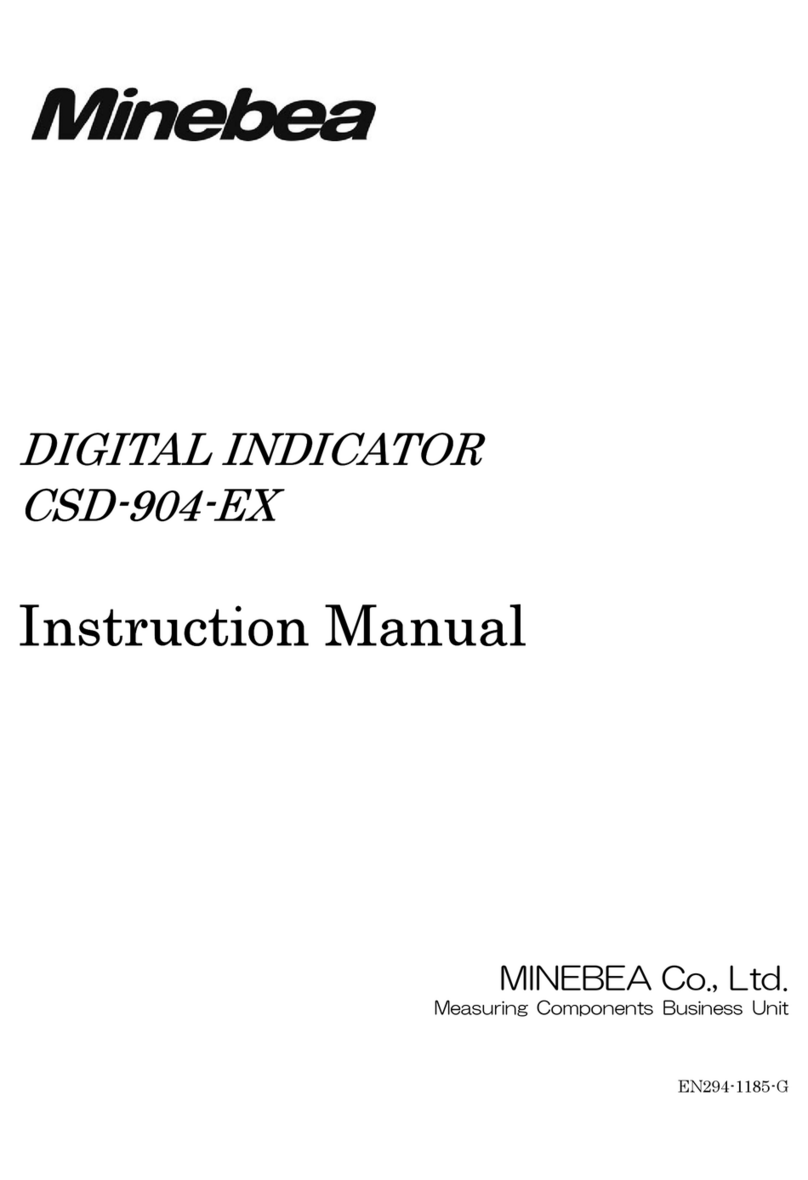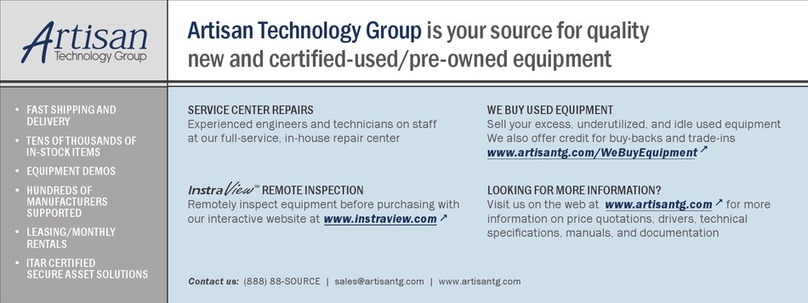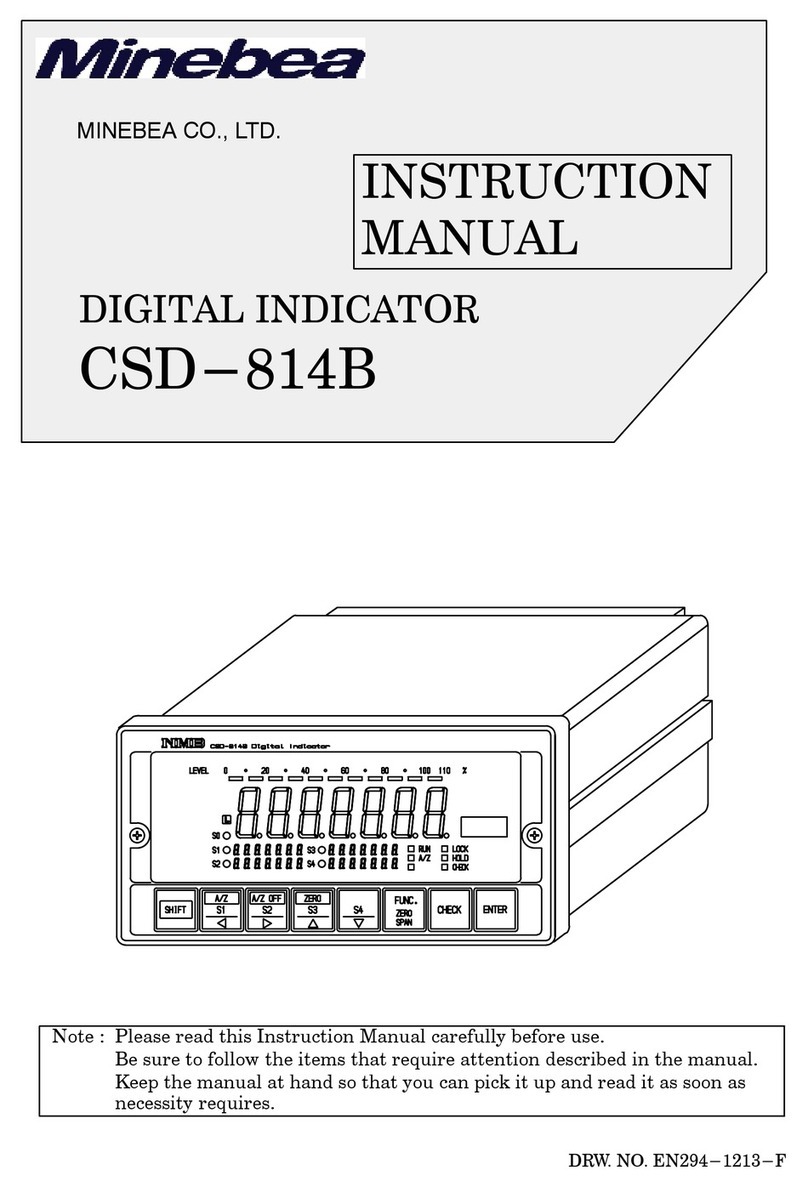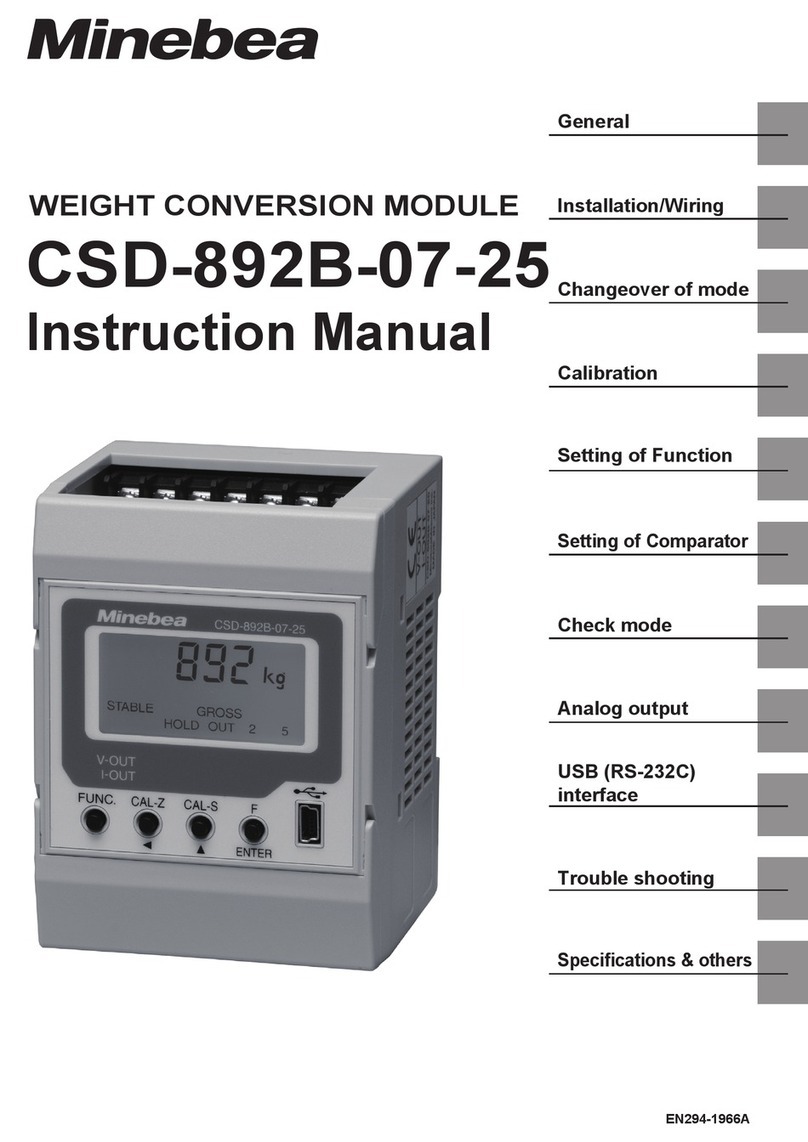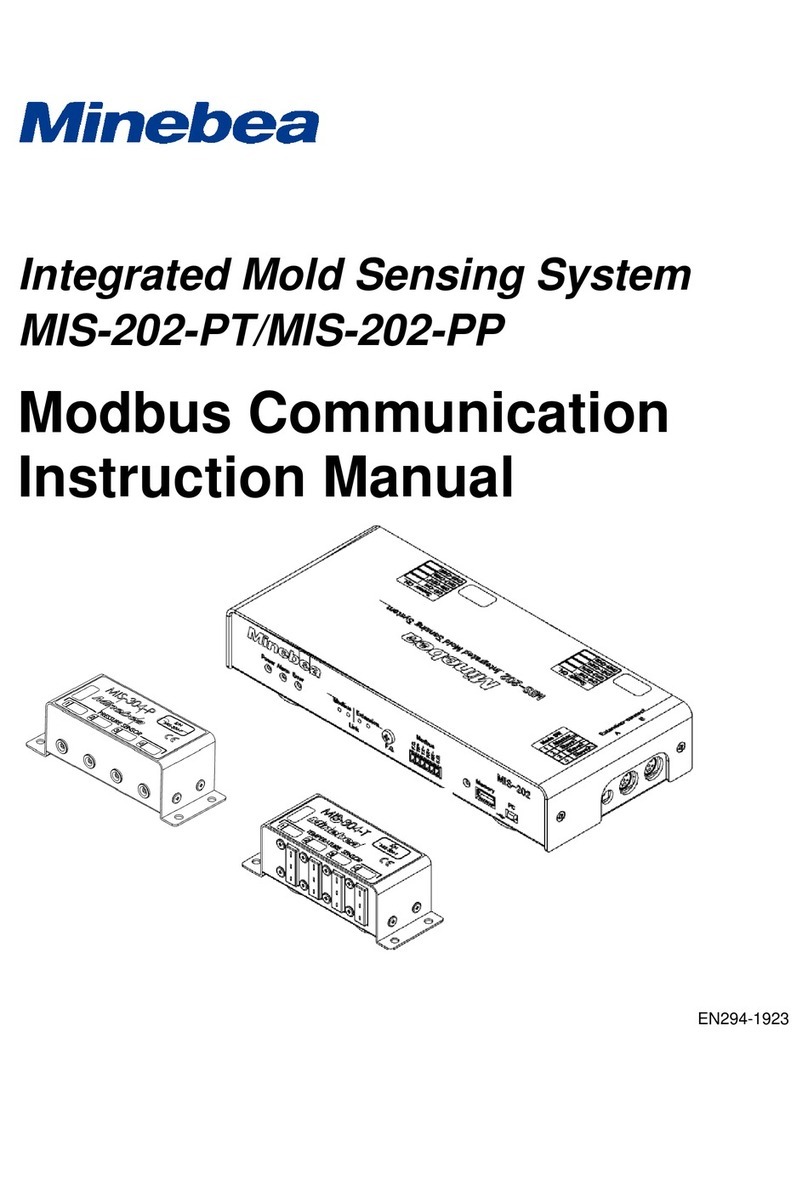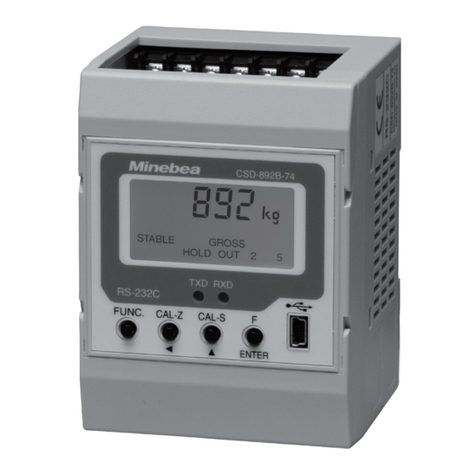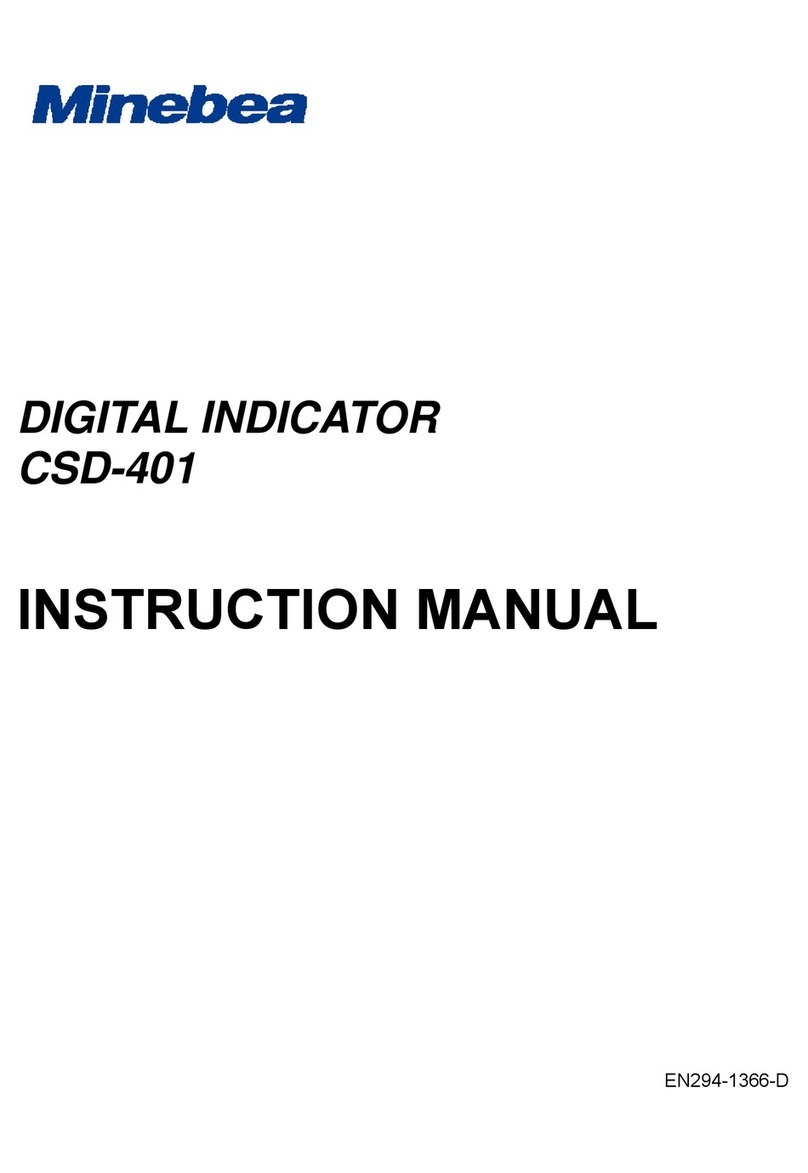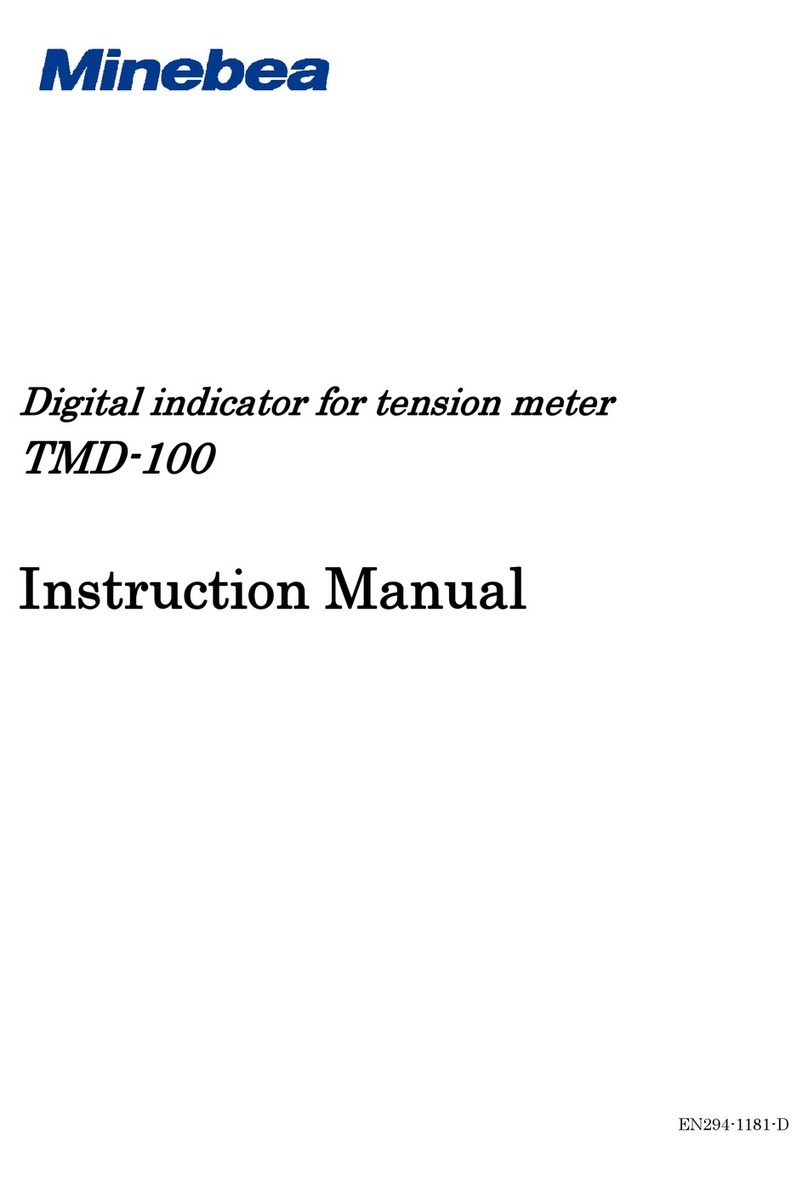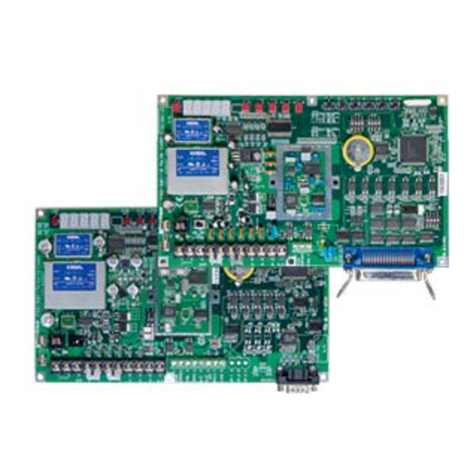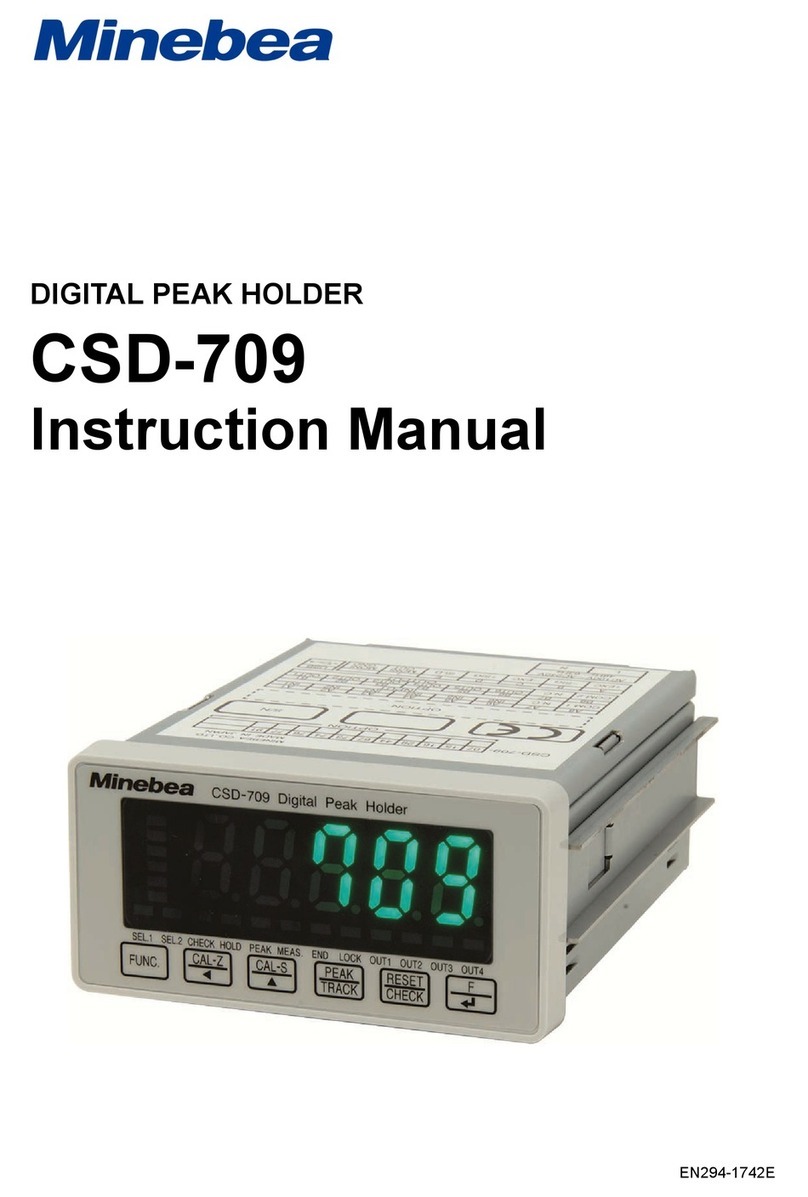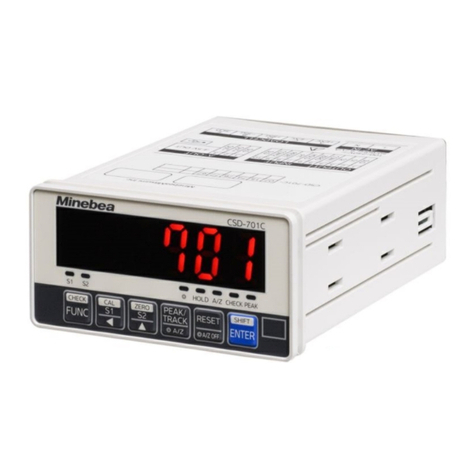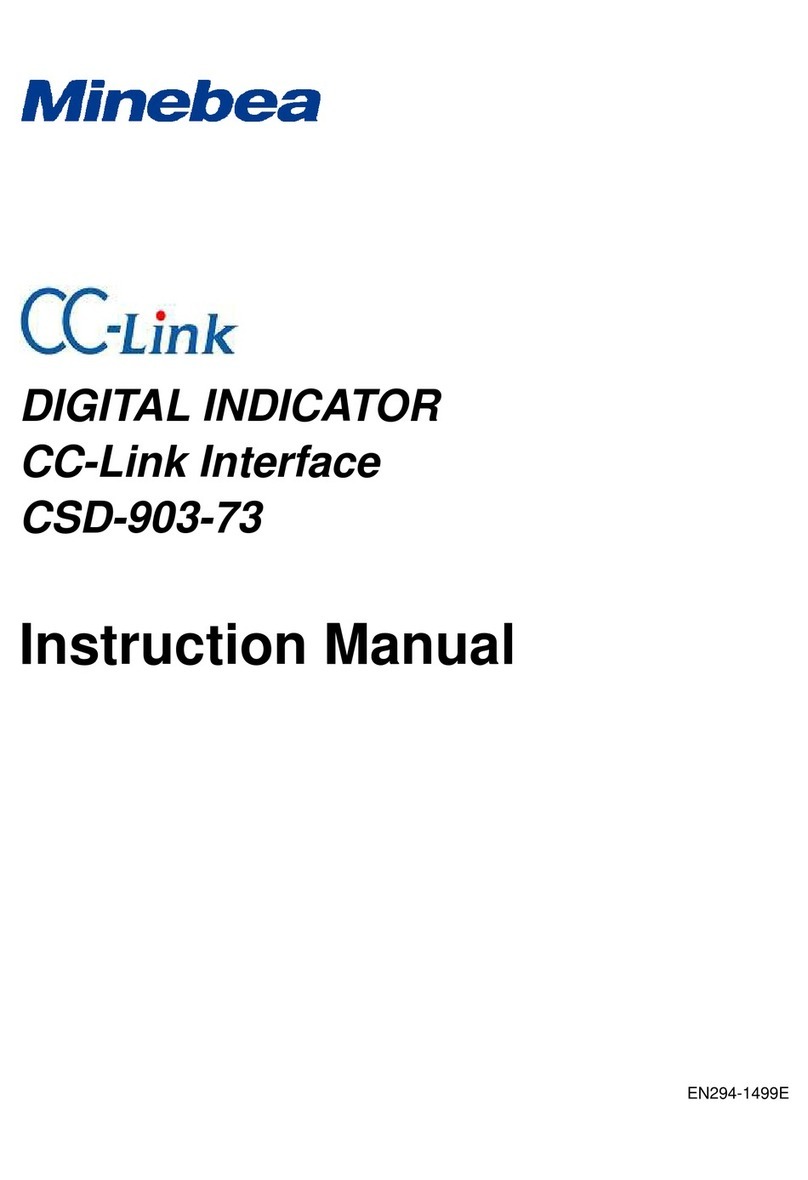
IV
Ⅲ.Power supply
Warning
• Be sure to check that power supply is OFF when installing each cable. If an operator works
with power ON, operator may have an electric shock or the instrument may be destroyed.
• Before supplying power, check the indication of power voltage/specifications to be identical with
supplied power. If they are not identical, contact with us or our sales agent. Without checking
the above, operation may cause damage to the instrument or electric shock.
Caution
• Be sure to ground a grounding wire.
If a grounding wire is not grounded, it may cause malfunction of the instrument or an electric
shock to an operator.
Ⅳ.Instruction for usage
Caution
• Before using a new instrument, or when exchanging a strain gage applied transducer for a new
one, be sure to make calibration. If neglected, it may cause incorrect results in measurement
or malfunction in the instrument and moreover may cause damage to peripheral equipments.
When similar trouble occurs after calibration, be sure to make calibration again, even if
calibration has completed.
• When using the instrument, check that wires are connected properly. If neglected, correct
measurement cannot be obtained and it may cause malfunction in the instrument or cause
damage to peripheral devices or a critical accident.
• Improper change of setting during operation may cause incorrect measurement or malfunction,
or cause damage to peripheral equipments.
• Do not give the instrument such a shock as throwing something at it. It may cause damage or
destroy electrical circuits and even have loose resistance to environment or operability.
• Do not remove the cover of the case of the instrument, nor peel off the panel sheet nor take the
instrument into pieces. If neglected, it may cause damage to the case and the panel sheet and
even have the possibility of damage to resist to environments or operational performances.
Point!
• At the time of shipment from the factory, the instrument has been plated with a clear
sheet on the panel sheet for protective purpose. In case of application, use the
instrument after removing the clear sheet first.
• Do not push the panel sheet on the instrument with the excessive strong force nor
push it with sharp edge object such as a driver.
• If neglected, it may cause damage to the panel switch and even have the possibility
of damage to resist to environments or operational performances.
